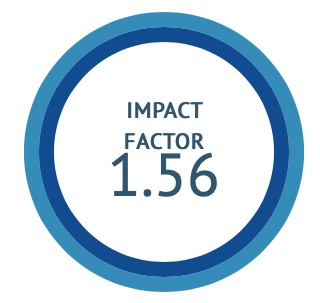A Practical and Analytical Study of Yoga Therapy Techniques for Back Pain
DOI:
https://doi.org/10.47552/ijam.v15i1.4358Keywords:
Back pain, Yoga, Postures, PakistanAbstract
Background: Yoga has garnered considerable public interest and attention across various countries worldwide, frequently being suggested as a means to enhance one's health. It encompasses more than mere physical exercises, incorporating a distinct philosophical outlook and psychological processes. This aspect is crucial when integrating exercises into today's unique cultural milieus. Aim: To determine the effect of selected yoga postures in treating backache. Methods: A quasi-experimental design was chosen to substantiate the objectives of this study. Seven different postures were considered; eight respondents recorded their responses after the yoga therapy. A purposive sampling technique has been followed to acquire the data. The data were screened and analysed using a one-sample t-test to signify the effectiveness of the yoga postures. Moreover, ANOVA is used to analyse posture comparison and compute whether all participants obtained the same relief. Furthermore, twelve cohorts participated in an awareness seminar and took part in thirteen different treatments; the effectiveness of such treatments was gauged via t-test. Results: Significant levels of relief were identified. However, the extent of relief among participants was different. Conclusion: This study adds to the literature related to the effect of yoga in reducing back pain. The study results can be used to create awareness of providing conventional treatment substitutions.
Downloads
Published
How to Cite
Issue
Section
License
Copyright (c) 2024 International Journal of Ayurvedic Medicine

This work is licensed under a Creative Commons Attribution 4.0 International License.
The author hereby transfers, assigns, or conveys all copyright ownership to the International Journal of Ayurvedic Medicine (IJAM). By this transfer, the article becomes the property of the IJAM and may not be published elsewhere without written permission from the IJAM.
This transfer of copyright also implies transfer of rights for printed, electronic, microfilm, and facsimile publication. No royalty or other monetary compensation will be received for transferring the copyright of the article to the IJAM.
The IJAM, in turn, grants each author the right to republish the article in any book for which he or she is the author or editor, without paying royalties to the IJAM, subject to the express conditions that (a) the author notify IJAM in advance in writing of this republication and (b) a credit line attributes the original publication to IJAM.




